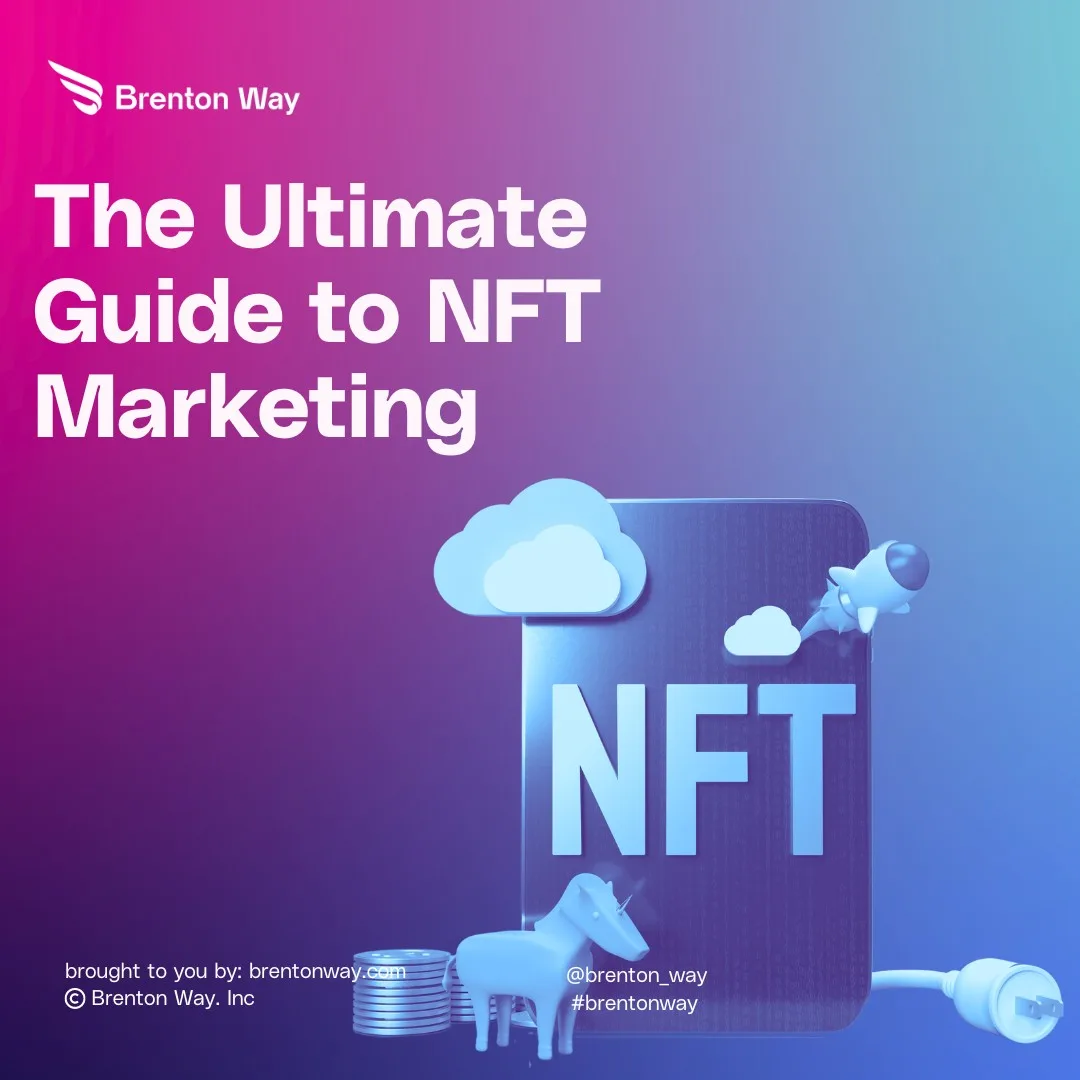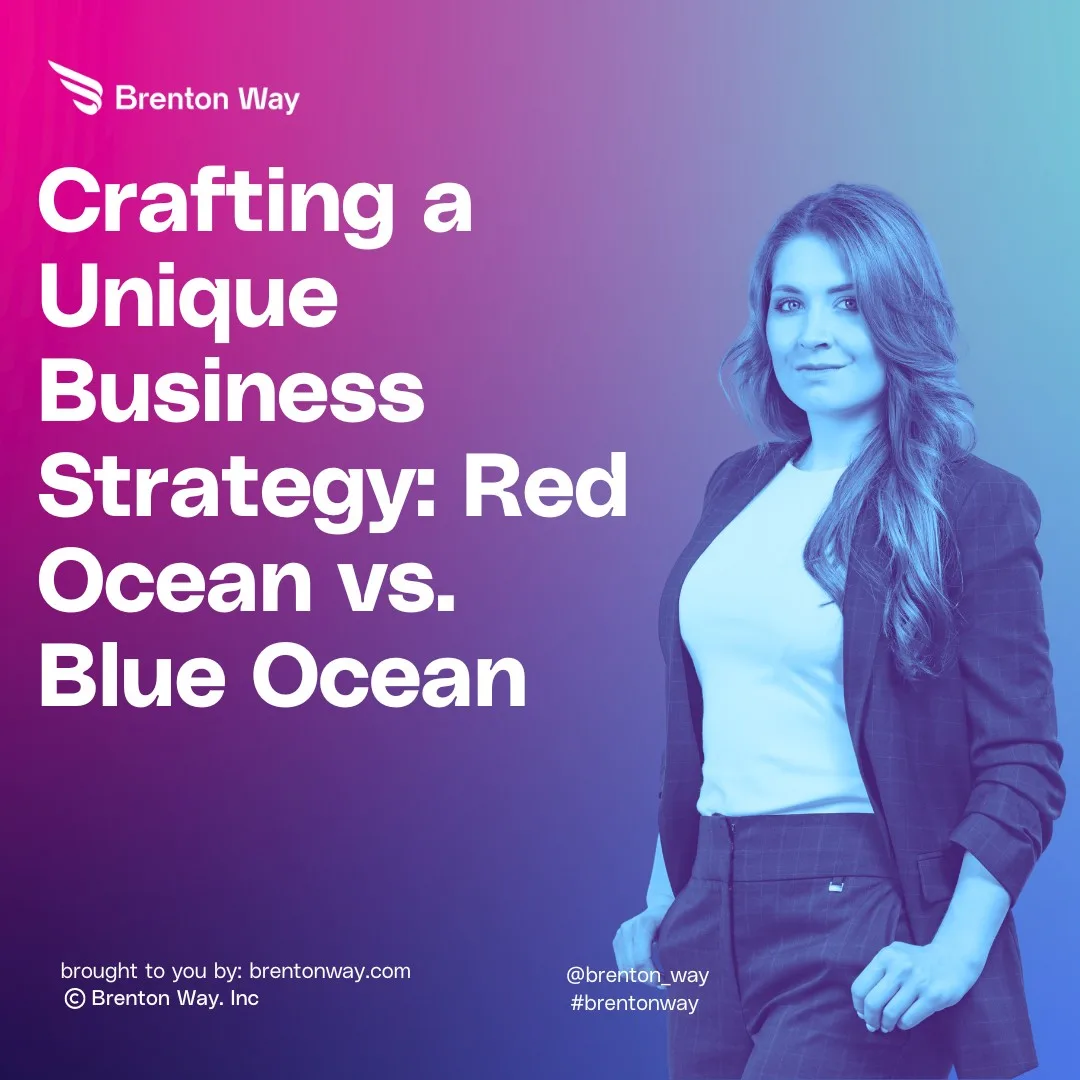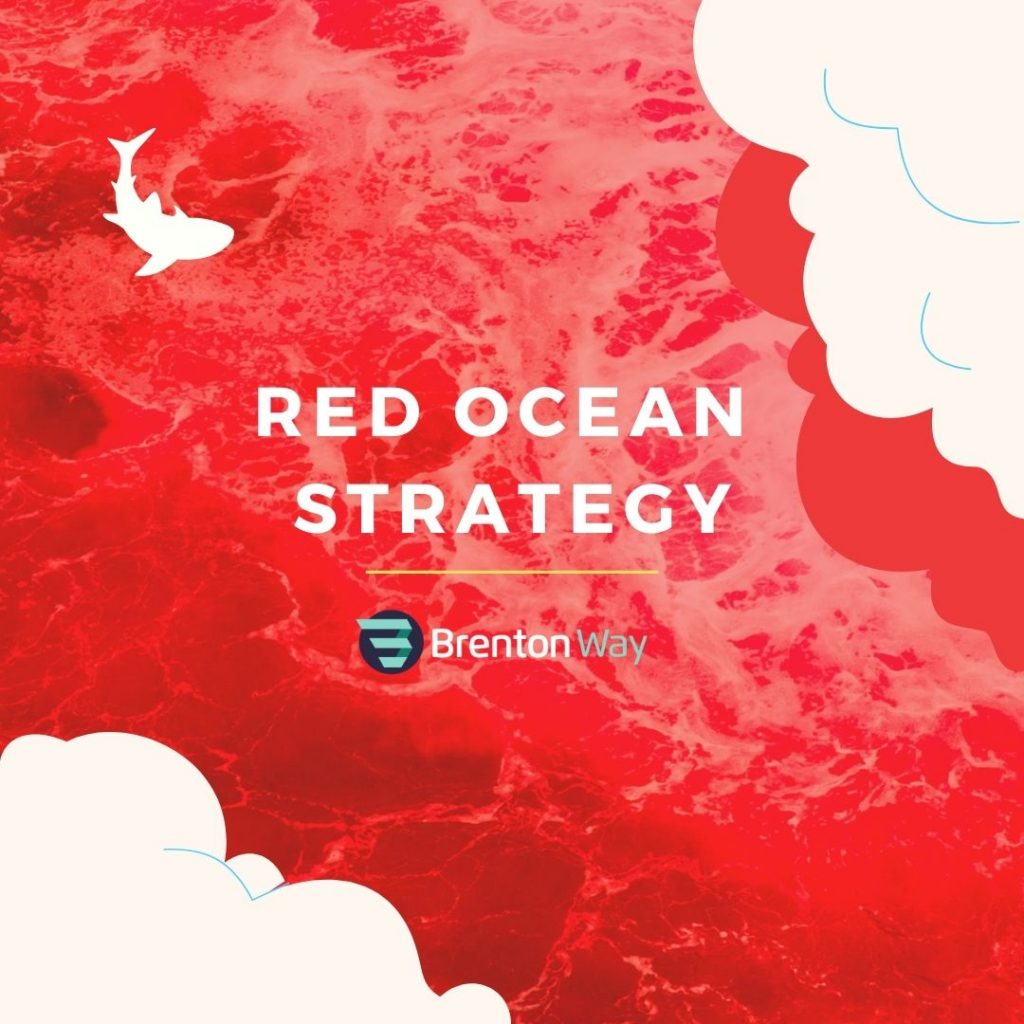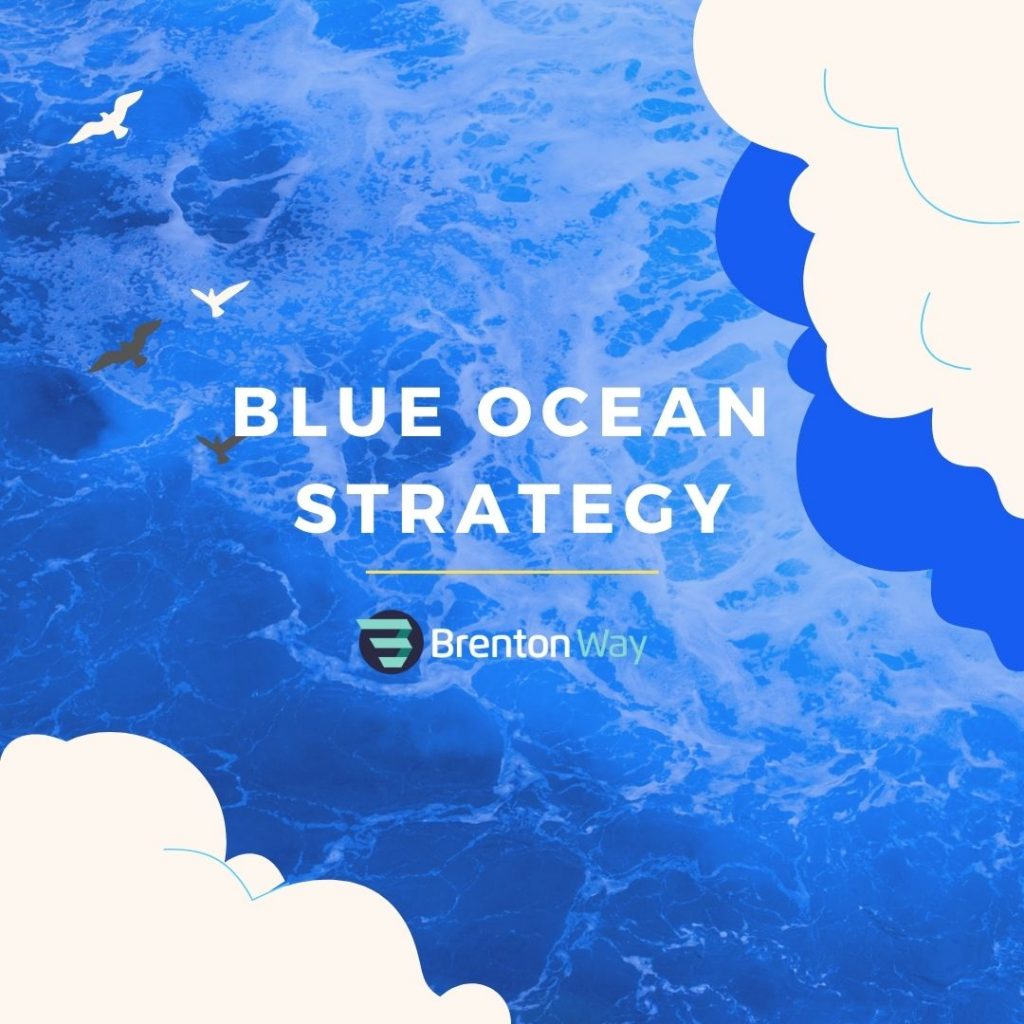
Have you ever heard of the ocean metaphor? It’s a way to describe what your business is doing. A red ocean strategy means that you compete with other companies and get as many customers as possible. In contrast, a blue ocean strategy means no competitors, and it’s easier for your company to thrive. With a […]

Have you ever heard of the ocean metaphor? It’s a way to describe what your business is doing.
A red ocean strategy means that you compete with other companies and get as many customers as possible. In contrast, a blue ocean strategy means no competitors, and it’s easier for your company to thrive.
With a Blue Ocean Strategy, you’ll be a category creator. Companies that create a new category can capture larger percentages of the total category market. Typically up to 76%, according to SAP’s CEO Christian Klein.
When focusing on becoming your first movers advantage in a Red Ocean, you’ll typically focus on problems and solutions that have already been identified.
When creating a new category, however, you’ll be focusing on new problems that are not top of mind.
This article will highlight the difference between these two strategies and help you decide what type of strategy would work best for your business!
Blue oceans are uncharted waters, so there aren’t any competitors here, making it easier for your company to thrive.
Red Oceans are niches that have cut-throat competition that turns the ocean blood red.
Competing in a Red Ocean niche often leads entrepreneurs to dark roads where they feel like they have to compete on price, which cuts into margins significantly.
It can also decrease your perceived value by tons!
The downside of a traditional Blue Ocean is that competing in a non-existent marketplace may mean there isn’t even a market, to begin with.
Having competition is a significant indicator that your value proposition has some merit, as other companies are also actively trying to provide solutions to their customers’ pain points.
When trying to contest an uncontested market space, it may well mean that the solutions you think you are providing aren’t real solutions.
And when it comes to business, providing solutions to people’s problems is a crucial element.
Now, this doesn’t have to be the case. You may well be on point.

The main power in a Blue Ocean strategy lies in the fact that you’re trying to create a product offer that is so inherently different and better from the competition that there is no competition on price.
A big point-of-failure in a red ocean strategy is that competitors in the market compete purely on price.
At some point, the margins become so thin that there is no more room to lower the price, and businesses get stuck and severely limit their cash flow.
At the same time, the cost of business increases, they are struggling to stay profitable, and frequently businesses don’t see a way out, and they sink.
Now, a solution could be to simply look for a blue ocean strategy within a red ocean…
I know that may sound complicated, but let me explain…

We often tend to cap our thinking and let ourselves be guided by a closed mindset: I’ve extracted all possibilities, and there is no way they can solve this.
While in reality, they haven’t thought about one of the most crucial aspects when doing business:
What other problems does my target audience have, and how can we expand on this and solve them?
Alex Hormozi has done a phenomenal job at this. I’ll use how he found his Blue Ocean strategy in his Red Ocean market because it is an excellent example that everyone will understand.
Alex is the founder of a company called Gym Launch, where he took on the job of transforming marginal gyms into phenomenal thriving ones.
He did this by helping gyms differentiate the way they operate their entire business model.
Most gyms operate based on monthly membership plans that ask members for financial compensation to use their gyms.
Alex quickly saw that he couldn’t profitability compete on price anymore in his gym, so he decided to create something completely different from a monthly fee to use the facilities simply.
He created a model where he focussed solely on the dream outcomes of his gym members.
This for all members boils down to this: they want to reach their physical goals. These goals all basically come down to losing fat, building more muscle, or becoming more healthy.
He started to create an offer for members that tackled all of their problems and objections:
And the list goes on.
He then started to formulate and create solutions to all of these problems.
And so on…
With this strategy, he has completely transformed the business models for over 5,000 gyms and makes them more profitable than ever!
To me, this is the perfect example of how to find a Blue Ocean in your Red Ocean niche.
Netflix, as we know it today debuted in 1997 and was founded by Reed Hastings and Marc Randolph.
At first, Netflix ran a business model that would be considered traditional: they had to use brick-and-mortar stores to rent out DVDs of movies and TV shows.
They had to rent out physical locations that made it difficult for them to scale their business.
Netflix realized they needed to create their own category and find a Blue Ocean strategy if they wanted Netflix to stay profitable at some point in the future.
So what did they do? They decided not only on DVDs anymore but also started streaming TV shows and movies online! This was before Netflix realized what the term “streaming” even meant.

Netflix managed to change the shrinking red ocean into full of opportunities for blue waters.
They were one of the first companies to introduce this type of service, and now Netflix is one of the most profitable companies in history with its streaming services.
Netflix’s business model is now based on data and revenue, which is incredibly hard to beat. They know more about their customers then any other streaming service.
The point I want you to take away from Netflix’s Blue Ocean strategy is that this made it possible for is why Netflix is so successful today.
They didn’t just go with the same old way of doing business, but they decided to think outside the box and come up with a unique strategy that was different from anything their competitors were offering at the time.
Below are the steps they took to find their Blue Ocean Strategy:
They removed physical stores which meant a significant decrease in their overhead. Instead of paying for physical storage and buying the DVDs, they now paid for the film licenses.
Netflix was able to reduce the cost by only paying for licenses.
They got rid of expenses that aren’t necessary in their industry. They still offer high-quality movies at a low price.
Watching movies has become much more comfortable. You don’t have to leave your house to buy a DVD.
It’s also easier to continue watching a movie if you bailed halfway. Netflix remembers when you stopped watching, so you can easily pick up where you left of.
Finally, to pay with a card is easy. You just need the card number.
Netflix created personal accounts that are subscriptions. Customers have a lot of movies to choose from online.
You can pay to use Netflix monthly. You can watch any movie you want, as much as you want.
The service learns what you like and then recommends movies that you might want to see.
Netflix collects data from its 151 million subscribers. They implement data analytics models to discover customer behavior and buying patterns. Then, using that information to recommend movies and TV shows based on their subscribers’ preferences.
They collect data from more than 151 million subscribers. Netflix uses this data to recommend their users movies and TV shows based on their preferences.
This allows Netflix to keep consumers hooked to their service for hours and hours on end.
That’s how Netflix found their Blue Ocean in a highly competitive space, now making them market leaders as an online streaming service.
It can be difficult to decide because the two strategies have different pros/cons.
Before we dive into the pros and cons of both strategies, let’s look into the specific attributes that set these strategies apart.
Blue Ocean Strategy:
Here at Brenton Way, we excel at helping companies create strategies that differentiate themselves from the competition.
We take a unique approach to each of our clients and deliberately brainstorm on how to do this.
Below I’ll list two examples of clients we work with that are perfect examples of finding your Blue Ocean in a Red Ocean niche.
Our client Alive5 is a prime example of how companies can successfully differentiate from their competitors.
Alive5 offers custom Artificial Intelligence (A.I.)-based chatbot solutions that provide a unique customer experience.
One of the main ways they differentiate themselves from the competition is by providing a new way customers interact with funnels.
A typical website funnel consists of static pages that lead viewers through a sequence of pages that don’t offer any interaction with the viewer.
Alive5 has wholly flipped this script by introducing digitally interactive funnels that allow the user to interact with the funnel and get answers to any questions they may have at any point in time during the funnel.
They work scanning a QR code or simply visiting a specific website address.
By integrating Alive5 Chatbots into a QR Code scan, the new experience is lightning fast, dynamic, and engaging through a conversational “Choose Your Own Adventure” interface.
With Chatbot Funnels, You Can:
Alive5 QR code chatbots are the ultimate “call to action” to effectively connect “offline” users to the “online” world.
There are thousands of companies that help startups raise capital.
So how do you differentiate yourself amongst these massive bloody waters filled with sharks?
Create a platform that completely reinvents the fundraising process with a platform that focuses solely on delivering a story and creating a captivating experience.
The Main Stage has found its Blue ocean within this massive Red ocean niche by creating a platform that completely revolutionized the fundraising process.
While most competitors just offer services like creating standard pitch decks that bore investors with one-off investor pitches, The Main Stage has created a product that helps tell the companies story in a digital interactive way that engages the investor over longer timespans.
They also provide a Data Vault in their platform where clients can arrange all of the investor paperwork and ensure that all paperwork is handled in an SEC-compliant way.
Adding to that, they have created a CRM where all investor communications, and actions they perform, can be tracked and dissected into actionable metrics that create extra touchpoints with potential investors to keep them engaged for more extended periods and make sure more deals get locked in.
This way, The Main Stage has wholly set itself apart from the competition in the market and separated itself from its competitors.
Our strategists can help you create your blue ocean strategy, implementing it into your business plan, and provide analytics to monitor how well the Blue Ocean Strategy is working for you.
We have also built our own Blue Ocean strategies by implementing AI-based tools to disrupt the marketing landscape.
Suppose this sounds like something that could benefit your company, please feel free to contact us. We would love to explore ways we can assist in making sure you are getting the most out of your company.


